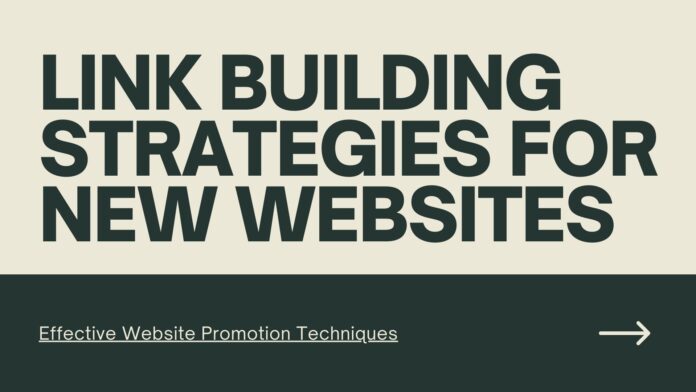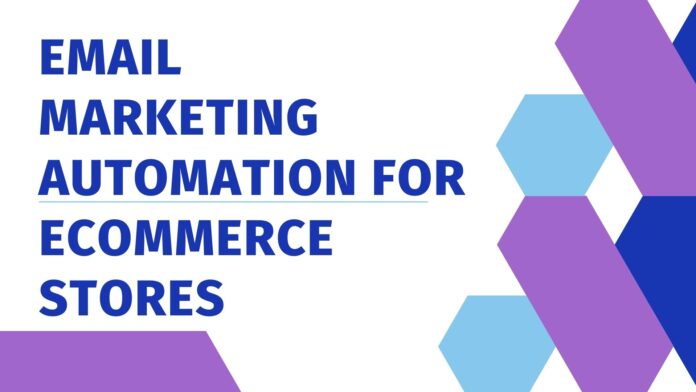Ditch the Myths: Best Workouts to Torch Belly Fat
Let’s face it, belly fat is stubborn. It clings on like a bad roommate, refusing to budge despite our best efforts. But before you resign yourself to a lifetime of crunches and fad diets, hold your horses! Shedding belly fat is achievable, but it requires a smarter approach, not just endless crunches. In this Article we will show you best workouts to lose belly fat for you health.
This article debunks the myths and unveils the real best workouts to melt belly fat, while keeping your sanity and motivation intact.
Myth #1: Spot Reduction is Real – Nope!
You can’t target fat loss in one specific area. Genetics and hormones play a role in where fat deposits, and unfortunately, crunching a thousand times won’t magically shrink your belly.
Myth #2: The More Pain, the More Gain – Not True!
Extreme exercise isn’t sustainable and can lead to injuries. Focus on consistency and enjoyment over pushing yourself to the point of tears.
So, what actually works?
1. Embrace Cardio, But Make it Fun:
Think beyond the treadmill. Explore activities you genuinely enjoy, like dancing, swimming, cycling, or brisk walking. Aim for at least 150 minutes of moderate-intensity cardio or 75 minutes of vigorous-intensity cardio weekly. Consider High-Intensity Interval Training (HIIT) for quick bursts of intense activity followed by rest, maximizing calorie burn in less time.
2. Don’t Underestimate Strength Training:
Building muscle boosts your metabolism, helping you burn more calories even at rest. Don’t shy away from weights! Start with bodyweight exercises or light weights, focusing on major muscle groups. Consider compound exercises like squats, lunges, and push-ups that engage multiple muscles at once.
3. Core Engagement is Key, But Not Just Crunches:
While crunches have their place, incorporate exercises that engage your entire core, like planks, Russian twists, and side planks. Remember, a strong core improves posture, stability, and supports your back, making other exercises more effective.
4. Functional Fitness is Your Friend:
Everyday activities like gardening, brisk walking, or playing with your kids can contribute to calorie burn. Don’t underestimate the power of moving your body throughout the day.
5. Sleep Well, Eat Smart:
Remember, exercise is only one piece of the puzzle. Prioritize quality sleep for optimal hormone balance and nourish your body with whole, unprocessed foods. Don’t fall for restrictive diets; focus on balanced meals and mindful eating.
Bonus Tip: Find Your Tribe!
Working out with a friend, joining a group fitness class, or finding an online fitness community can boost motivation and accountability.
Conclusion: Reframing Your Journey to a Flatter Belly
Shedding belly fat isn’t a race to the bottom; it’s a mindful journey towards a healthier, happier you. Ditch the quick fixes and fad diets, and instead, embrace a sustainable approach that prioritizes consistency, enjoyment, and holistic well-being.
Remember, you are not alone in this! Surround yourself with supportive people, challenge yourself but listen to your body, and celebrate every step along the way. By incorporating the strategies outlined in this article, you’ll equip yourself with the knowledge and tools to ditch the myths, find joy in movement, and finally say goodbye to stubborn belly fat for good. Now get out there, move your body, and remember, progress, not perfection, is the key to success!












